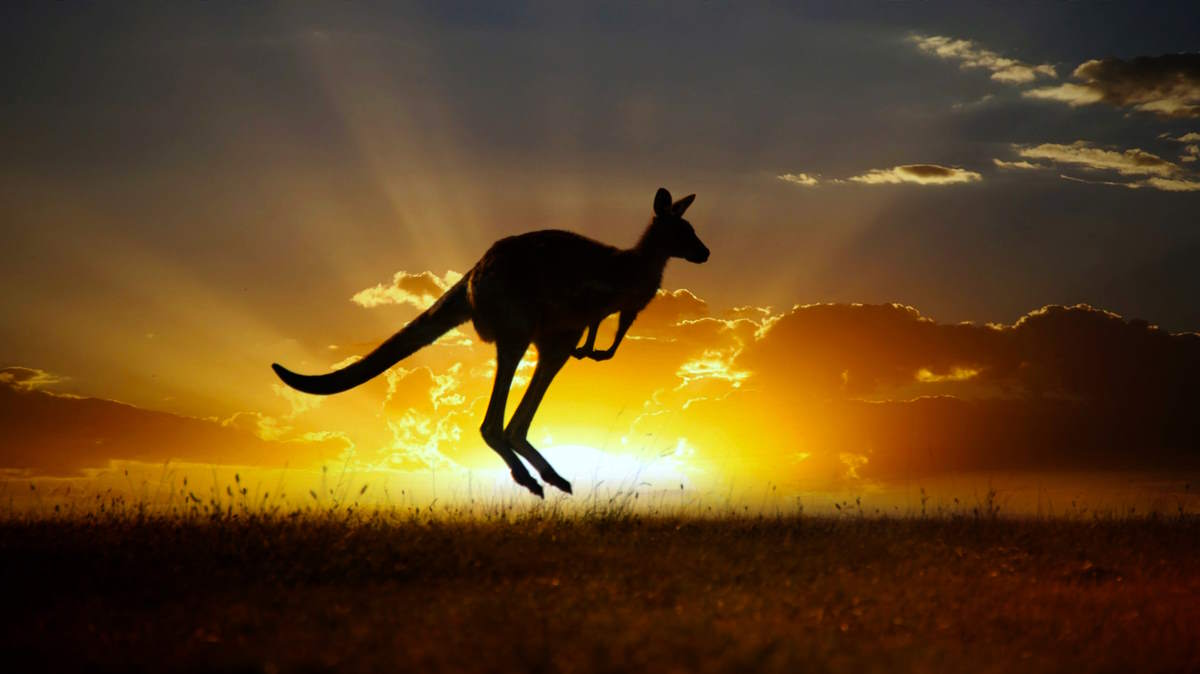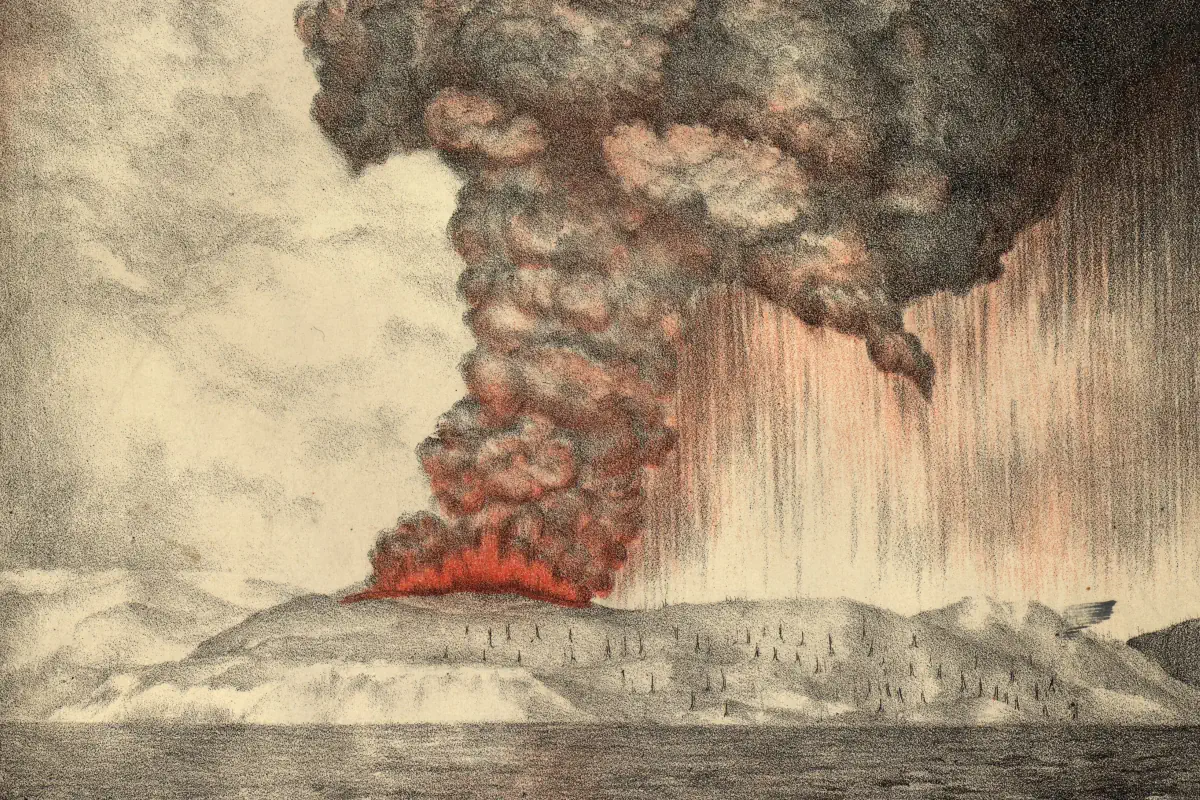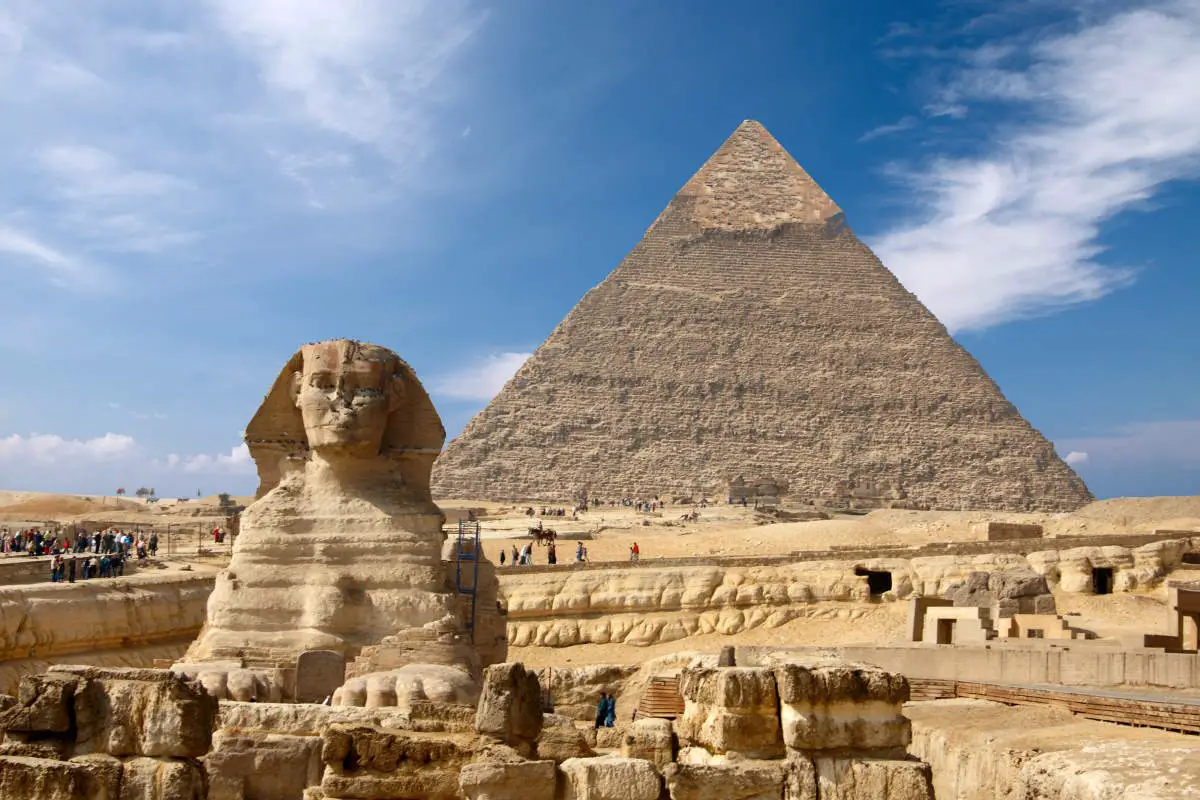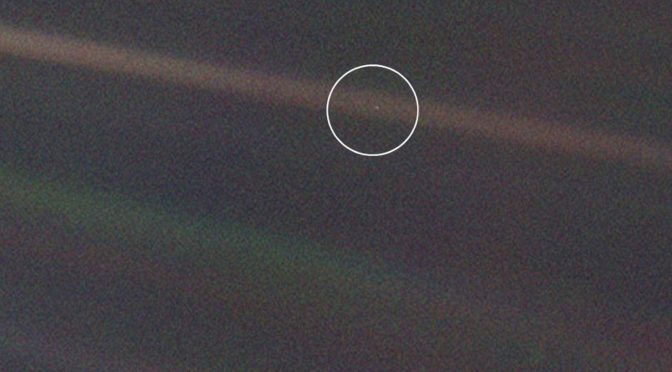Kangaroo is an iconic marsupial that is indigenous to Australia and New Guinea. Marsupials are mammals that carry their young in a pouch. Here are 10 amazing kangaroo facts.
10 Amazing Kangaroo Facts


Kangaroo is an iconic marsupial that is indigenous to Australia and New Guinea. Marsupials are mammals that carry their young in a pouch. Here are 10 amazing kangaroo facts.

Spanning the length and breadth of our magnificent planet, nature’s wonders never cease to amaze. From the well-known to the undiscovered, these marvels showcase the staggering beauty and diversity of Earth’s landscapes. Some of these natural wonders are famous worldwide, while others remain hidden gems. Whether formed by the relentless power of water, wind, or tectonic forces, each phenomenon has a unique story to tell. Let’s embark on a journey to explore 10 such fascinating natural wonders around the world.

On August 26-27, 1883, one of the most notorious volcanic eruptions in history occurred. Krakatau (often spelled Krakatoa) erupted with an estimated 10,000 thousand times the force of the Hiroshima atomic bomb. The eruption was so violent that two-thirds of the island of Krakatoa and its surrounding archipelago were destroyed: about 23 square kilometers of Earth sank into the Sunda Strait.
Across Java and Sumatra, burning rock rained down, damaging and even destroying settlements. The sky went black.
Here are 10 amazing facts about the 1883 eruption of Krakatoa.

The “Seven Wonders of the World”, also known as the “Seven Wonders of the Ancient World”, describes seven great constructions known in the Hellenistic period (see notes 1). None of them but the Great Pyramid of Giza (Kheops Pyramid) do exist today.

Mobula is a genus of Batoidea, which is commonly known as rays. Mobula rays (scientific name: Mobula tarapacana) are also known as “flying mobula”, “flying rays”, “eagle rays”, or “devil rays”. Here are 10 amazing Mobula ray facts.

In the small islands of New Zealand,
Giant weta is the heaviest insect on Earth. Fully grown species can even be heavier than a mouse or sparrow.
Giant weta is endemic to New Zealand and is an example of island gigantism, which is a biological phenomenon leading to a larger size than their mainland relatives because of their isolation and lack of large predators. A female giant weta filled with eggs can reach up to 70 grams (2.47 oz.) or more!

The farthest spacecraft from Earth, NASA’s Voyager 1 (see notes 1) probe took a photo of planet Earth on February 14, 1990, from a record distance of about 6 billion kilometers (3.7 billion miles, 40 AU (see notes 2) from Earth. The photo is known as the Pale Blue Dot. In the photograph, Earth is shown as a fraction of a pixel (0.12 pixel in size) against the vastness of space. It was a part of the Solar System Family Portrait series of images.
The Voyager 1 spacecraft, which had completed its primary mission and was leaving the Solar System, was commanded by NASA to turn its camera around and take a photograph of Earth across a great expanse of space, at the request of Carl Sagan (see notes 3).
It quickly became the most iconic photo of Earth taken from space.